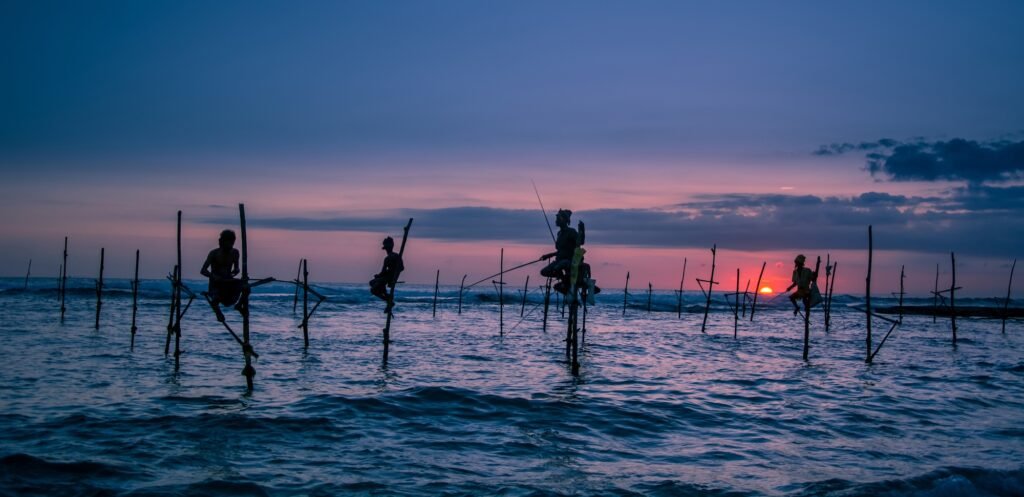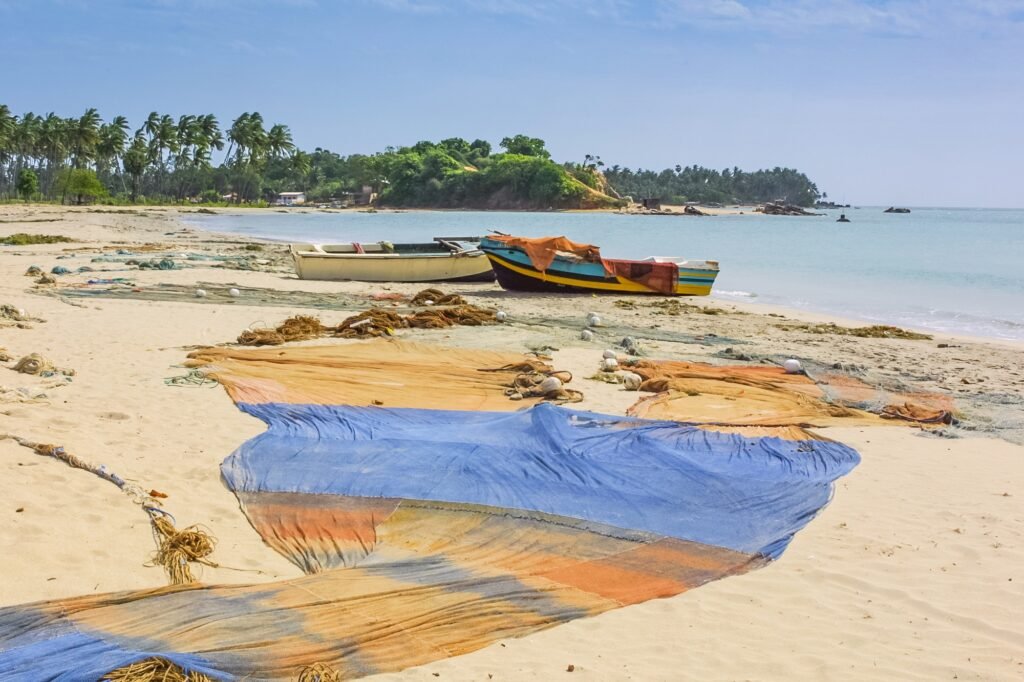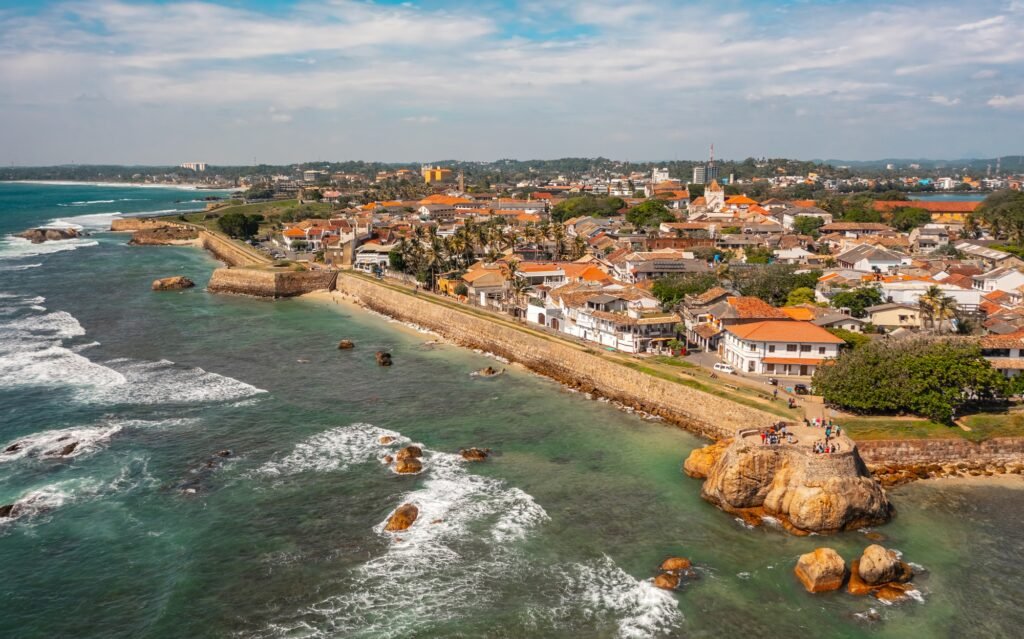A Historical Overview of Kandy
Kandy, recognized as the cultural capital of Sri Lanka, holds a significant place in the island’s history as the last royal capital. Established in the mid-14th century, Kandy emerged as a vital center for Sinhalese culture and politics, particularly during a time of turbulence marked by invasions and colonial aspirations. Its strategic location in the highlands provided natural defense, resulting in its continued prominence as a stronghold against foreign rule.
One of the most notable aspects of Kandy’s history is its prolonged resistance to colonial domination. The Kingdom of Kandy successfully resisted both Portuguese and Dutch incursions for centuries, maintaining its independence while much of the island came under foreign rule. It wasn’t until 1815, through the Kandyan Convention, that the British finally annexed the kingdom — not by military conquest, but through a combination of internal dissent and diplomacy. This legacy of defiance has cemented Kandy’s place as a symbol of national pride and cultural resilience in Sri Lankan history.
Among the historical landmarks that reflect Kandy’s rich past is the Temple of the Tooth Relic, also known as Sri Dalada Maligawa. This sacred site, which houses the tooth relic of the Buddha, is not only an architectural masterpiece but also a significant center of pilgrimage for Buddhists from around the world. Visiting Kandy Sri Lanka provides travelers with the opportunity to explore numerous cultural places, including the Royal Palace, which exemplifies the city’s regal heritage.
Kandy’s recognition as a UNESCO World Heritage Site is largely due to these historical and cultural assets. The city’s past resonates through various festivals, the most famous being the Esala Perahera, celebrated annually to honor the tooth relic. Delving into Kandy’s history offers insights into what to see in Kandy in 2 days, showcasing the intricate blend of culture, spirituality, and resilience that defines this remarkable city.
Cultural Significance and Local Traditions
Kandy, often referred to as the cultural capital of Sri Lanka, plays an essential role in preserving the traditions and cultural heritage of the Sinhalese people. The city’s significance is deeply rooted in Buddhism, making it a spiritual heartland where numerous festivals, rituals, and practices are regularly observed. One of the main highlights of Kandy’s cultural calendar is the annual Esala Perahera festival, celebrated in July or August. This grand procession honors the Sacred Tooth Relic, believed to be a prized possession of the Buddha. The festival is a vibrant display of traditional music, dance, and elaborate costumes, attracting not only local participants but also visitors from around the globe.
The Esala Perahera festival dates back centuries and serves not only as a religious observance but also as a means of reinforcing community bonds. Local traditions and customs are expressed through elaborate dance forms such as the Kandyian dance, which showcases the talent and dedication of the performers. In addition to the festival, Kandy’s local crafts, such as traditional handloom textiles, intricate wood carvings, and artisanal pottery, reflect the town’s rich artistic heritage. Visitors are encouraged to explore the vibrant markets where artisans sell their creations, providing a glimpse into the daily lives of Kandy’s inhabitants.
Moreover, the culinary scene in Kandy offers a variety of traditional foods that are steeped in local culture. Dishes such as Kandy’s famous milk rice and aromatic curries are staples during festivals and daily meals alike. This blend of religious and cultural observances, alongside the craftsmanship and cuisine, illustrates why Kandy remains a significant location for those interested in understanding the rich tapestry of Sri Lankan culture.
Exploring Kandy’s Natural Beauty
Kandy, Sri Lanka’s cultural capital, is not only rich in heritage but is also blessed with stunning natural landscapes that are sure to captivate any visitor. One of the highlights is Kandy Lake, situated in the heart of the city. The serene waters provide the perfect setting for a sunset walk, where the reflection of the surrounding hills creates a picturesque ambiance. Walking around the lake allows tourists and locals alike to unwind while offering a unique view of the Temple of the Tooth Relic across the water.
In addition to Kandy Lake, the lush hills encircling the city invite outdoor enthusiasts to explore the region’s scenic beauty. The nearby Knuckles Mountain Range offers a plethora of hiking opportunities, where trails cater to varying skill levels, providing breathtaking panoramic views of the surrounding landscape. For families, consider creating a Kandy itinerary with kids that includes a hike through the vibrant flora and fauna of this area, emphasizing the importance of respecting nature while exploring.
Moreover, Kandy is home to various botanical gardens, such as the Royal Botanical Gardens in Peradeniya. This garden boasts an impressive collection of orchids and offers an educational experience about Sri Lanka’s diverse plant species, making it a must-see. Wildlife enthusiasts can also venture to nearby national parks, where visitors can observe native animals in their natural habitats. It is essential to follow local guidelines when visiting these areas to preserve their beauty and integrity for future generations.
In essence, Kandy offers a unique blend of cultural richness and natural wonders, making it a destination well worth visiting. Those exploring Kandy will find a wide range of outdoor activities that not only showcase its beauty but also ensure a respectful interaction with the environment.
Practical Travel Tips for Visiting Kandy
When planning your trip to Kandy, the cultural capital of Sri Lanka, it is essential to consider several practical travel tips to enhance your experience. To reach Kandy, one of the most scenic ways is by train; the journey from Colombo offers breathtaking views of the lush landscapes. Numerous local trains operate, making it easy to obtain tickets at the station or online.
Once in Kandy, accommodation options range from budget hostels to luxurious hotels. For a more immersive experience, staying in a local guesthouse can provide you with insights into the Kandy way of life. Ensure your lodging is conveniently located to cultural sites such as the Temple of the Tooth Relic, a must-visit for understanding Kandy’s history and significance as a spiritual hub.
Local transportation is readily available, with tuk-tuks and buses providing efficient ways to navigate the city. Establishing a fare beforehand is advisable to avoid confusion. When exploring popular sites, including the serene Kandy Lake, consider a sunset walk for panoramic views that capture the city’s beauty.
Be mindful of the local customs when visiting temples and cultural places in Kandy. Dress modestly, remove shoes before entering sacred spaces, and observe silence. Engaging with the local community can provide richer insights; participating in local festivals, such as the Esala Perahera, fosters connections with the heritage of Kandy. Trying local dishes such as Kottu Roti or lamprais can enrich your culinary experience and appreciation of Kandy’s culture.
The best time to visit Kandy is during the dry season, from December to April, to fully enjoy outdoor activities. With these practical tips, your visit to Kandy will be both enjoyable and respectful, enhancing your connection with this vibrant cultural capital of Sri Lanka.



